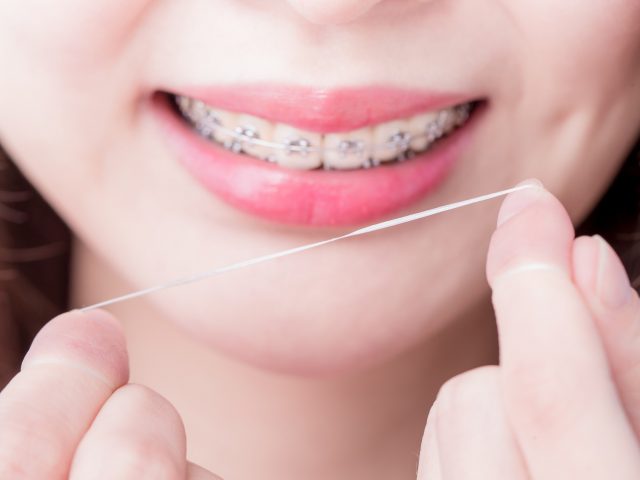In the realm of orthodontic treatment, two contenders stand out: invisible braces and traditional braces. Both offer solutions to align teeth and create beautiful smiles, but they differ significantly in their approach, appearance, and convenience. Choosing between them requires understanding their pros and cons. Let’s delve into the comparison to help you make an informed decision.
Invisible Braces
Pros:
- Aesthetic Appeal: The primary allure of invisible braces lies in their discreet appearance. Made from clear plastic, they are virtually invisible, allowing wearers to straighten their teeth without drawing attention to their orthodontic treatment.
- Comfort: Unlike traditional braces with metal brackets and wires that can cause discomfort and irritation, invisible braces are smooth and gentle on the gums and inner cheeks. They offer a more comfortable orthodontic experience.
- Removability: One of the significant advantages of invisible braces is their removability. Wearers can take them out while eating, drinking, or brushing their teeth, eliminating dietary restrictions and simplifying oral hygiene routines.
- Convenience: With fewer visits to the orthodontist for adjustments compared to traditional braces, invisible braces offer greater convenience for individuals with busy schedules.
Cons:
- Cost: Invisible braces tend to be more expensive than traditional braces due to their advanced technology and customized fabrication process. They may not be covered by insurance plans, making them a considerable financial investment.
- Compliance: While the option to remove invisible braces offers flexibility, it also requires disciplined wear. For optimal results, wearers must commit to wearing them for the recommended duration each day, which can be challenging for some individuals.
- Treatment Limitations: Invisible braces are suitable for mild to moderate orthodontic issues. Complex cases may still require traditional braces for effective treatment, limiting the suitability of invisible braces for all patients.
Traditional Braces
Pros:
- Versatility: Traditional braces are highly versatile and can address a wide range of orthodontic issues, including severe misalignment, overcrowding, and bite issues. They remain the go-to option for complex cases.
- Predictable Results: With decades of proven efficacy, traditional braces offer predictable results in straightening teeth and correcting bite alignment. Orthodontists have extensive experience and expertise in utilizing this treatment method.
- Cost-Effectiveness: Compared to invisible braces, traditional braces are generally more affordable. They are often covered by insurance plans, making them a cost-effective option for many patients.
- No Compliance Issues: Since traditional braces are permanently affixed to the teeth, there are no compliance issues related to wearing them. Patients do not need to worry about removing or misplacing their braces, ensuring consistent treatment progress.

Cons:
- Appearance: The most significant drawback of traditional braces is their conspicuous appearance. Metal brackets and wires are visible when smiling or speaking, which can impact self-esteem, particularly among adults.
- Discomfort: Traditional braces can cause discomfort and soreness, especially after adjustments. Patients may experience irritation of the gums and inner cheeks as they adjust to the presence of braces in their mouth.
- Dietary Restrictions: Certain foods and habits, such as sticky candies and chewing gum, must be avoided with traditional braces to prevent damage to the brackets and wires. Patients must adhere to dietary restrictions throughout the treatment duration. For additional tips and information about invisible braces vs. traditional braces, be sure to check my source to learn more.
Conclusion
In the debate of invisible braces vs. traditional braces, there is no one-size-fits-all answer. Each option has its unique advantages and drawbacks, catering to different preferences, needs, and orthodontic conditions. Individuals seeking a discreet, comfortable, and convenient orthodontic solution may find invisible braces appealing, while those prioritizing versatility, predictability, and affordability may opt for traditional braces. Ultimately, consulting with an experienced orthodontist is essential to determine the most suitable treatment approach based on individual factors. Whichever option you choose, the goal remains the same: achieving a confident, healthy smile that lasts a lifetime.



